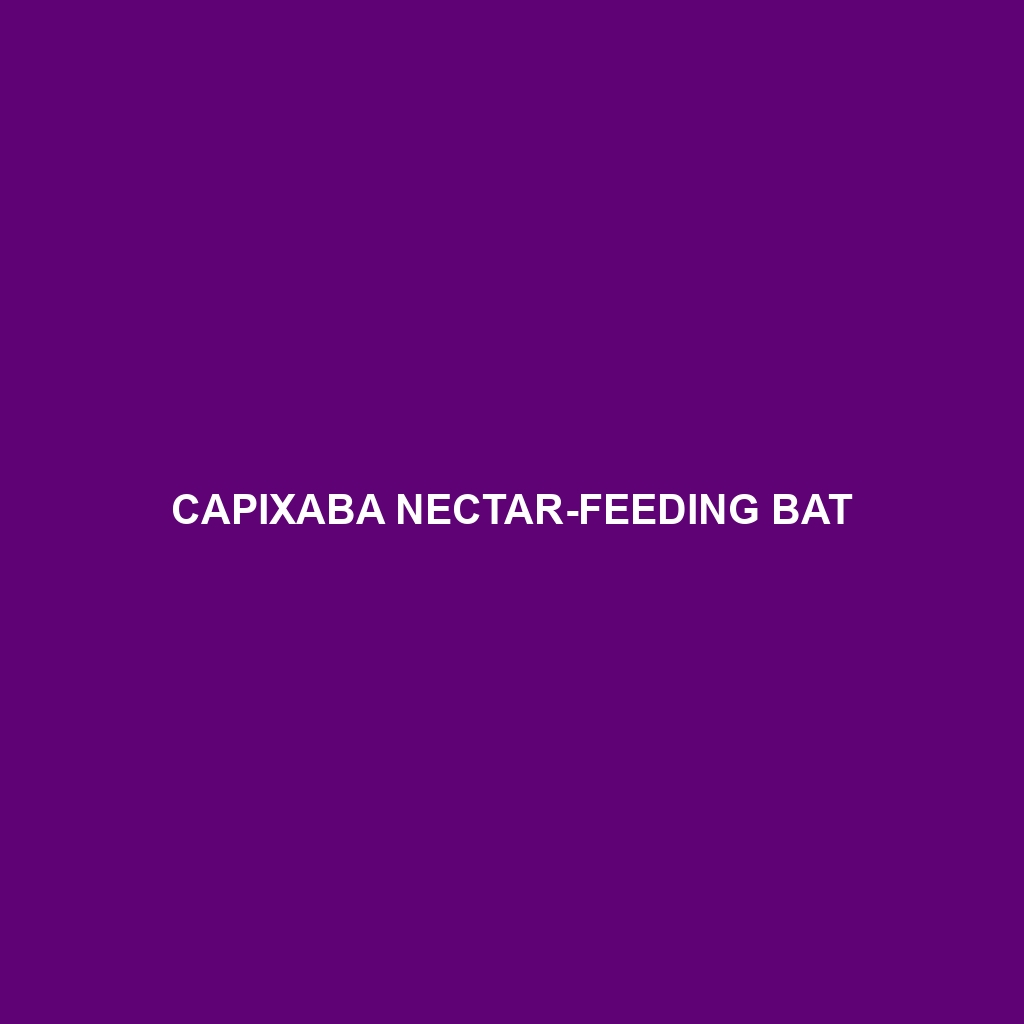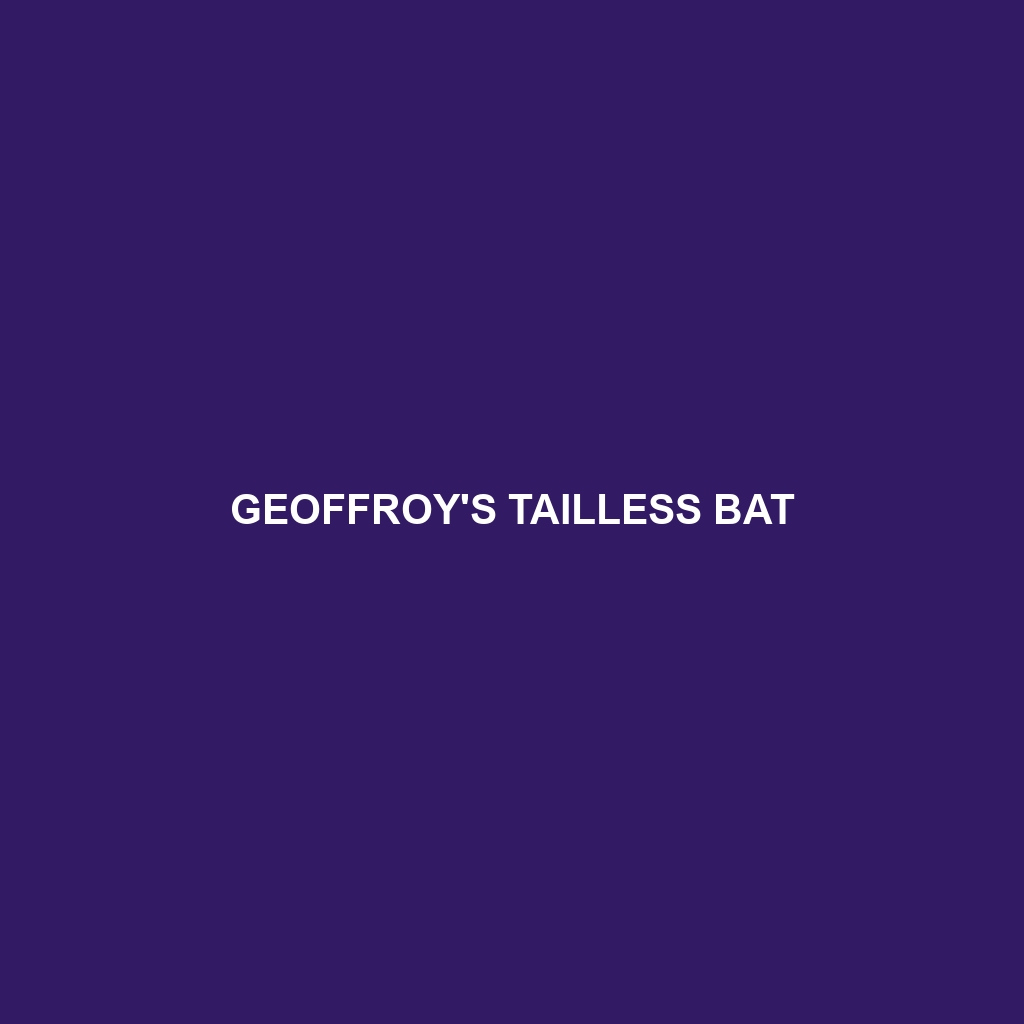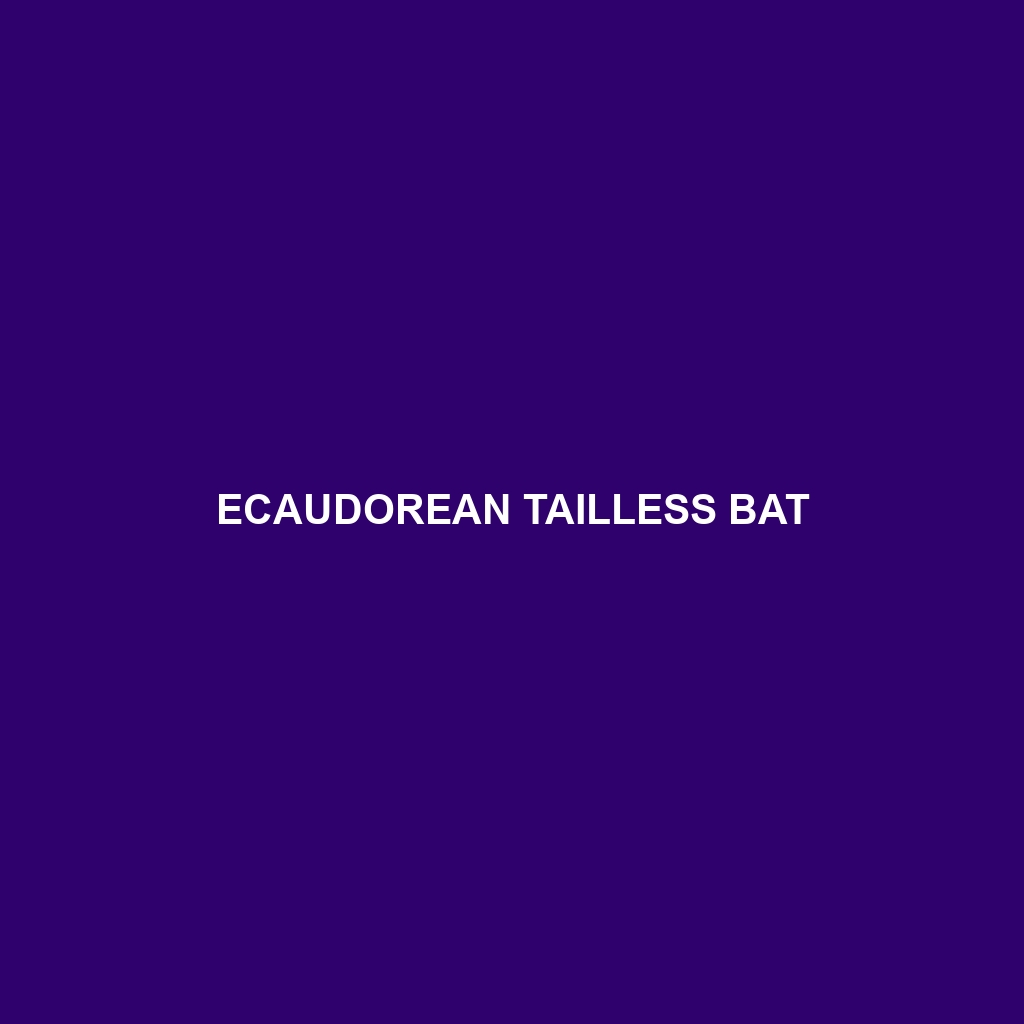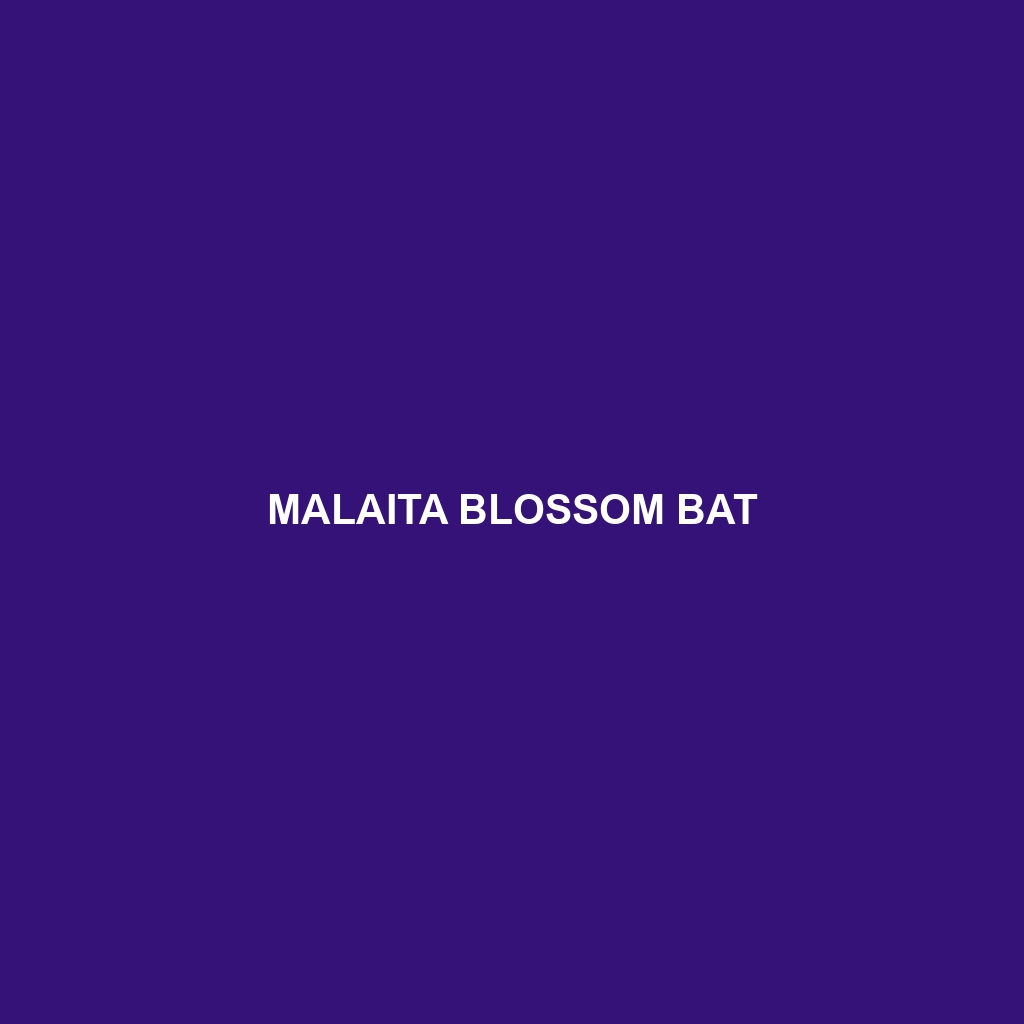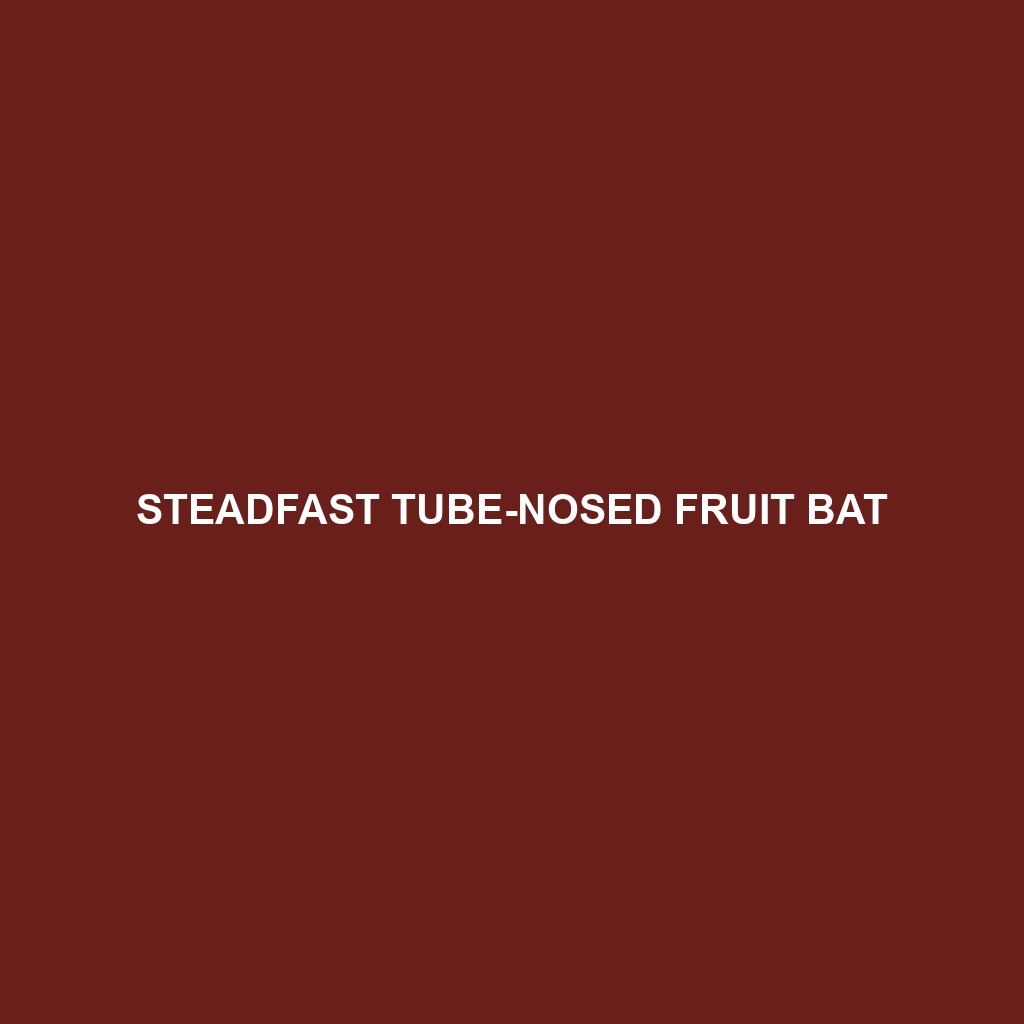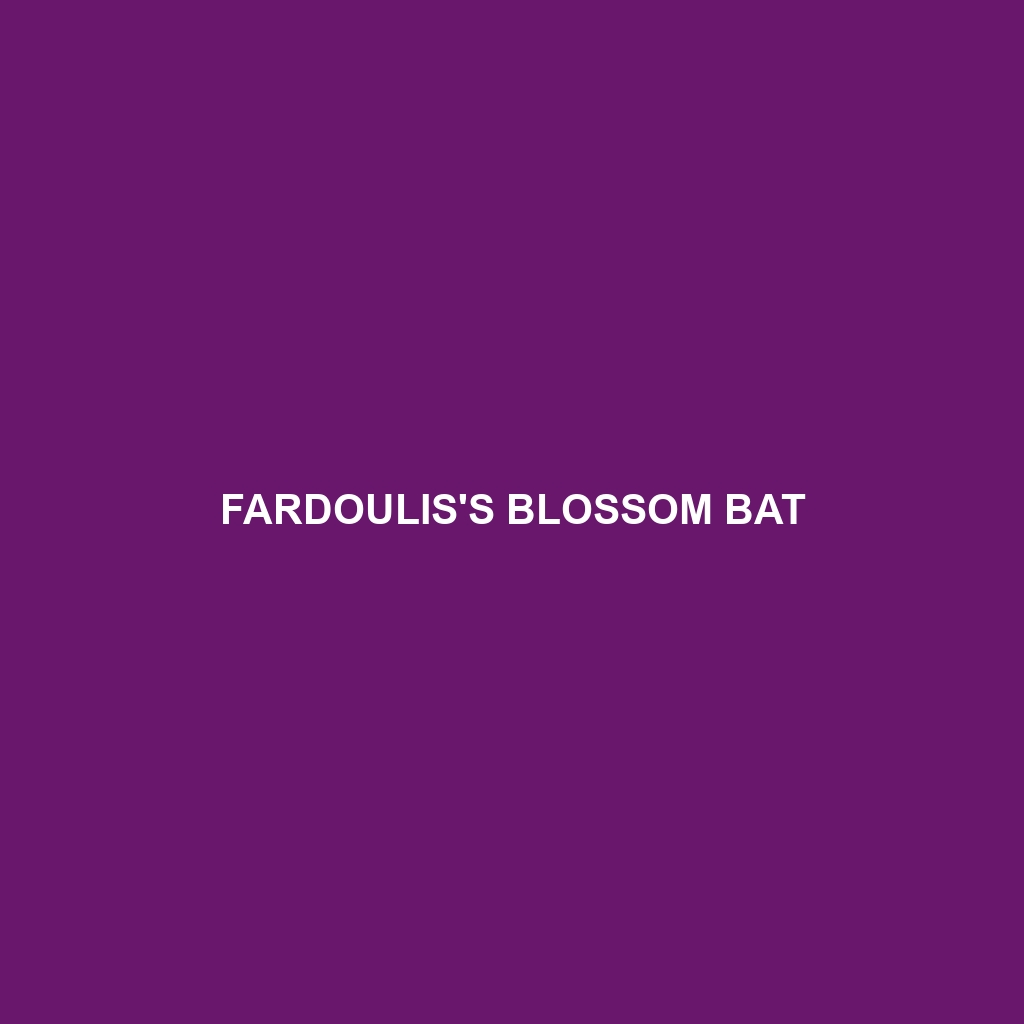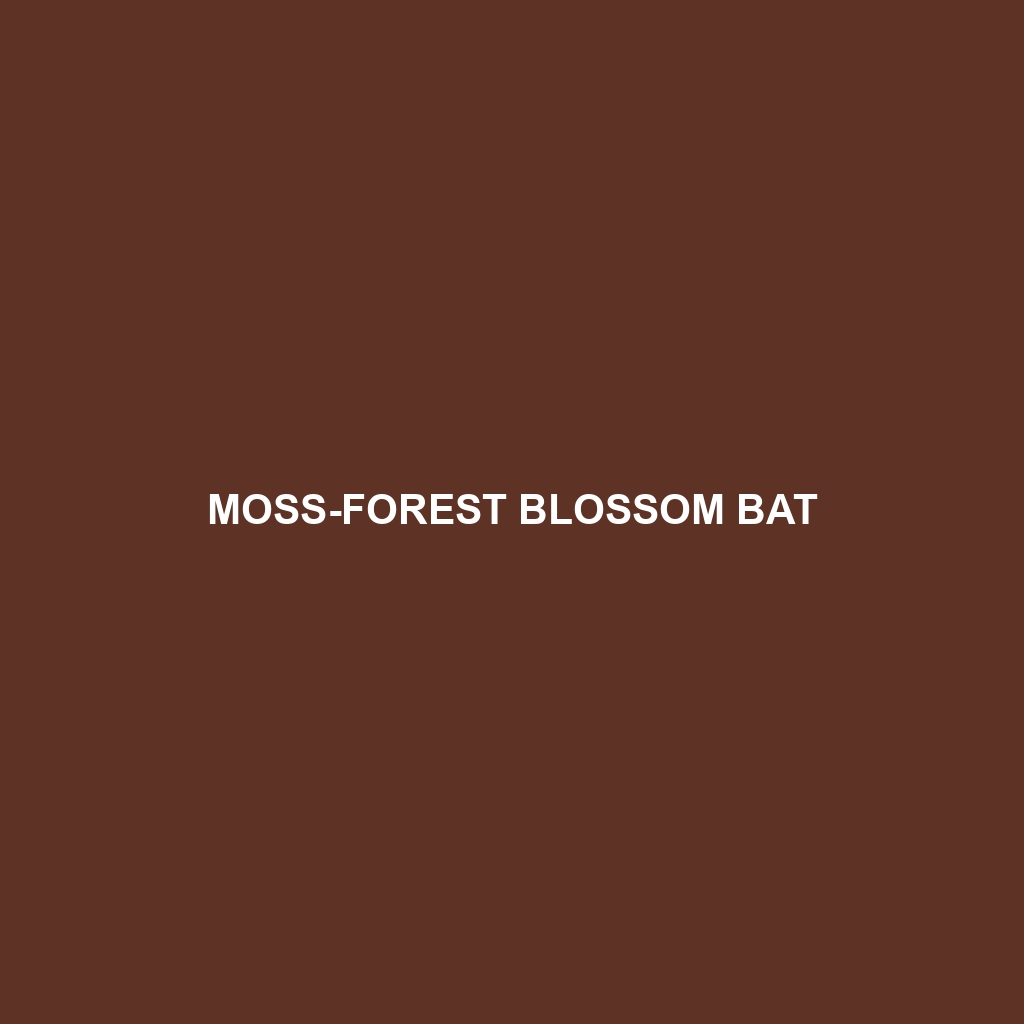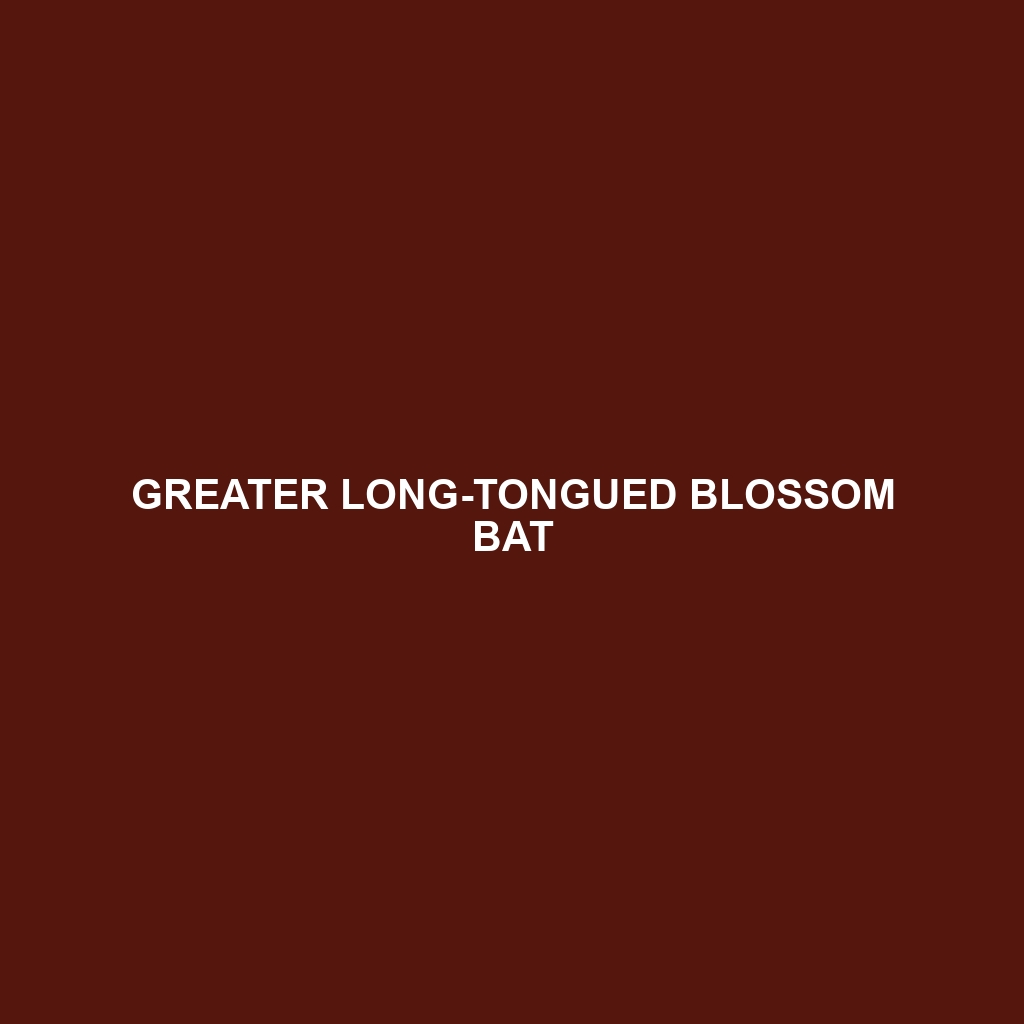Discover the fascinating world of the **Dark Long-tongued Bat** (*Macroglossus minimus*), a vital pollinator found in Southeast Asia’s lush rainforests. Learn about its unique physical traits, nocturnal behavior, and critical role in maintaining ecosystem balance through pollination. Explore the challenges this species faces and the importance of conservation efforts to protect its habitat.
Tag: nectar-feeding
Baker’s Long-tongued Bat
Discover the fascinating world of the **Jamaican Long-tongued Bat** (*Leptonycteris jamaicensis*), a crucial pollinator native to the lush landscapes of Jamaica. With its remarkable ability to navigate and feed on nectar from flowering plants using an elongated tongue, this medium-sized bat plays a vital role in maintaining local ecosystems. However, habitat loss and climate change threaten its survival, underscoring the need for conservation efforts to protect this unique species and its environment.
Capixaba Nectar-feeding Bat
Discover the fascinating world of the **Mexican Long-tongued Bat** (*Choeronycteris mexicana*), a vital pollinator thriving in arid landscapes of southern Arizona and Mexico. Renowned for its remarkable 9-centimeter tongue, this nocturnal bat plays a crucial role in feeding on nectar and supporting plant diversity, while facing challenges due to habitat loss. Learn more about its unique behavior, physical characteristics, and conservation status in our latest blog post.
Geoffroy’s Tailless Bat
Explore the fascinating world of the Tube-lipped Tailless Bat (<i>Murina cineracea</i>), a unique nectar-feeding species found in Southeast Asia's lush forests. With its distinctive tube-like lip and vital role as a pollinator, this small bat not only aids in plant reproduction but also supports biodiversity in its ecosystem. Learn more about its habitat, diet, and the conservation efforts needed to protect this vulnerable species.
Ecaudorean Tailless Bat
Discover the fascinating world of the **Cuban Flower Bat** (*Phyllonycteris poeyi*), a vital pollinator native to the lush forests of Cuba. With its remarkable echolocation abilities and unique nectar-feeding behaviors, this medium-sized bat plays a crucial role in maintaining the island's biodiversity. However, facing threats from habitat destruction, the Cuban Flower Bat's conservation is essential for the health of its ecosystem.
Malaita Blossom Bat
Discover the fascinating world of the Malaita Blossom Bat, a remarkable pollinator native to the tropical rainforests of Malaita Island in the Solomon Islands. With its agile flight, specialized nectar-feeding habits, and crucial role in maintaining ecological balance, this endangered species faces threats from habitat loss. Learn about its unique adaptations, social behaviors, and the conservation efforts needed to protect this vital creature and its habitat.
Steadfast Tube-nosed Fruit Bat
Discover the fascinating world of the Steadfast Tube-nosed Fruit Bat, a vulnerable species thriving in the lush rainforests of Southeast Asia and the Pacific Islands. With its unique tube-shaped nose and crucial role as both a pollinator and seed disperser, this medium-sized bat contributes significantly to ecosystem health. Learn about its social behavior, dietary habits, and the conservation efforts needed to protect this extraordinary creature.
Fardoulis’s Blossom Bat
Discover the fascinating world of the Fardoulis's Blossom Bat (*Vespertilio fardoulisi*), a small yet vital nocturnal pollinator native to Southeast Asia's tropical forests. With its agile flight and impressive nectar-feeding abilities, this vulnerable species plays a crucial role in maintaining plant diversity and ecological balance. Learn about its unique behaviors, distinctive physical traits, and the conservation efforts needed to protect its diminishing habitat.
Moss-forest Blossom Bat
Discover the captivating <b>Moss-forest Blossom Bat</b> (<i>[Insert Scientific Name]</i>), a vital pollinator thriving in the lush moss-dominated forests of Southeast Asia and Central America. With their remarkable nectar-feeding adaptations, agile flight, and intricate social structures, these bats not only enhance biodiversity but also face increasing threats from habitat loss and climate change. Learn about their unique characteristics, ecological significance, and the urgent conservation efforts needed to protect this vulnerable species.</p>
Greater Long-tongued Blossom Bat
Discover the intriguing world of the **Greater Long-tongued Blossom Bat** (*[Insert Scientific Name]*), a crucial pollinator native to the lush landscapes of Central and South America. With its unique elongated tongue and agile flight, this nocturnal bat plays an essential role in maintaining the health of its ecosystem by feeding on nectar from tropical flowers. Unfortunately, habitat loss has led to its vulnerable status, highlighting the need for conservation efforts to protect these remarkable creatures and their habitats.


